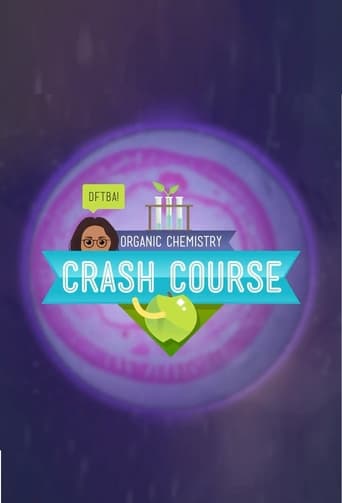Trending Searches:
Popular Movies:

We'll tackle the notoriously complicated subject of organic chemistry, and hopefully have some fun along the way!
... View MoreThe movie is currently not available onine
Complexly

